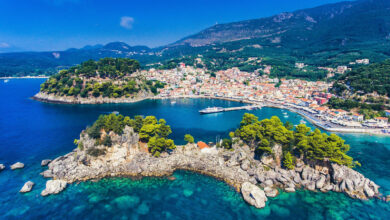Nepal, a landlocked country located in South Asia, is known for its diverse culture, natural beauty, and rich history. The country, nestled between the Himalayas and the Terai region, is home to some of the world’s highest mountains and diverse landscapes, ranging from snow-capped peaks to lush green forests, and from rolling hills to fertile river valleys.
Nepal has a rich cultural heritage, which is a result of its history and the influence of various religions and ethnic groups. The country is predominantly Hindu, but it also has a significant Buddhist population, and a small minority of Muslims, Christians, and other religious groups. This diverse cultural mix is reflected in the architecture, art, music, and festivals of the country, which are a testament to the country’s vibrant and inclusive culture.
The country is also famous for its natural beauty, including the majestic Himalayas, which are home to eight of the world’s ten highest peaks, including Mount Everest, the tallest mountain on Earth. The Himalayas are a major attraction for mountaineers and trekkers, and they also support a wide variety of flora and fauna, including rare and endangered species. In addition to the Himalayas, Nepal is also known for its lush national parks and conservation areas, including Chitwan National Park, which is home to one-horned rhinos and Bengal tigers.
However, despite its rich cultural heritage and natural beauty, Nepal is also one of the poorest and least developed countries in the world. The country has faced numerous challenges, including political instability, economic hardship, and natural disasters, such as earthquakes and floods, which have affected its development and hindered its ability to provide basic services to its citizens. The government has made efforts to address these challenges, and there has been some progress in recent years, but much more needs to be done to improve the lives of the Nepali people.
In conclusion, Nepal is a fascinating country that is rich in culture, history, and natural beauty. While it faces numerous challenges, its vibrant and diverse society, along with its stunning landscapes and iconic mountains, make it a unique and valuable place in the world. Nepal has a lot to offer and has the potential to become a leading destination for tourism and development.
Best Time to Visit Nepal
The best time to visit Nepal depends on what you would like to do and see during your trip. Nepal has a varied climate, and different regions experience different weather conditions.
For trekking in the mountains, including the Himalayas, the best time to visit is from September to November, when the monsoon season has ended and the skies are clear, providing excellent views of the peaks. This is also the peak tourist season, and trekking routes can be busy.
For those interested in wildlife and nature, the best time to visit Chitwan National Park and other wildlife areas is from October to March, when the weather is dry and visibility is good. During this time, animals are also easier to spot, as they come to the water sources during the dry season.
If you’re looking to explore the cities and experience the local culture, any time of the year is a good time to visit. However, it is best to avoid the monsoon season, which runs from June to August, as the heavy rain can make it difficult to get around and can also affect cultural and historical sites.
In general, the best time to visit Nepal is from September to November and from March to May, when the weather is dry and pleasant. These months provide the ideal conditions for trekking, wildlife viewing, and cultural exploration. However, it is always a good idea to check the weather forecast and local conditions before planning your trip.
Average Temperature in Nepal
The average temperature in Nepal varies depending on the region and the time of year. Nepal has a diverse climate due to its varied geography and altitudes, ranging from the tropical lowlands in the south to the alpine heights of the Himalayas in the north.
In the low-lying Terai region, temperatures are generally warm to hot year-round, with average temperatures ranging from 25-30°C (77-86°F) in the summer months and 20-25°C (68-77°F) in the winter.
In the central hill region, temperatures are more moderate, with average temperatures ranging from 20-25°C (68-77°F) in the summer and 10-15°C (50-59°F) in the winter. In the high-altitude areas of the Himalayas, temperatures are much cooler, with average temperatures ranging from 5-10°C (41-50°F) in the summer and below freezing in the winter.
It is important to note that temperatures can vary greatly within Nepal, even within short distances. For example, temperatures can drop significantly as you gain altitude, so it is important to be prepared for a range of weather conditions, especially if you are planning to trek in the mountains.
Credits
Photo: Stupa, Namche Bazaar, Nepal. Photo by: Sebastian Pena Lambarri on Unsplash



